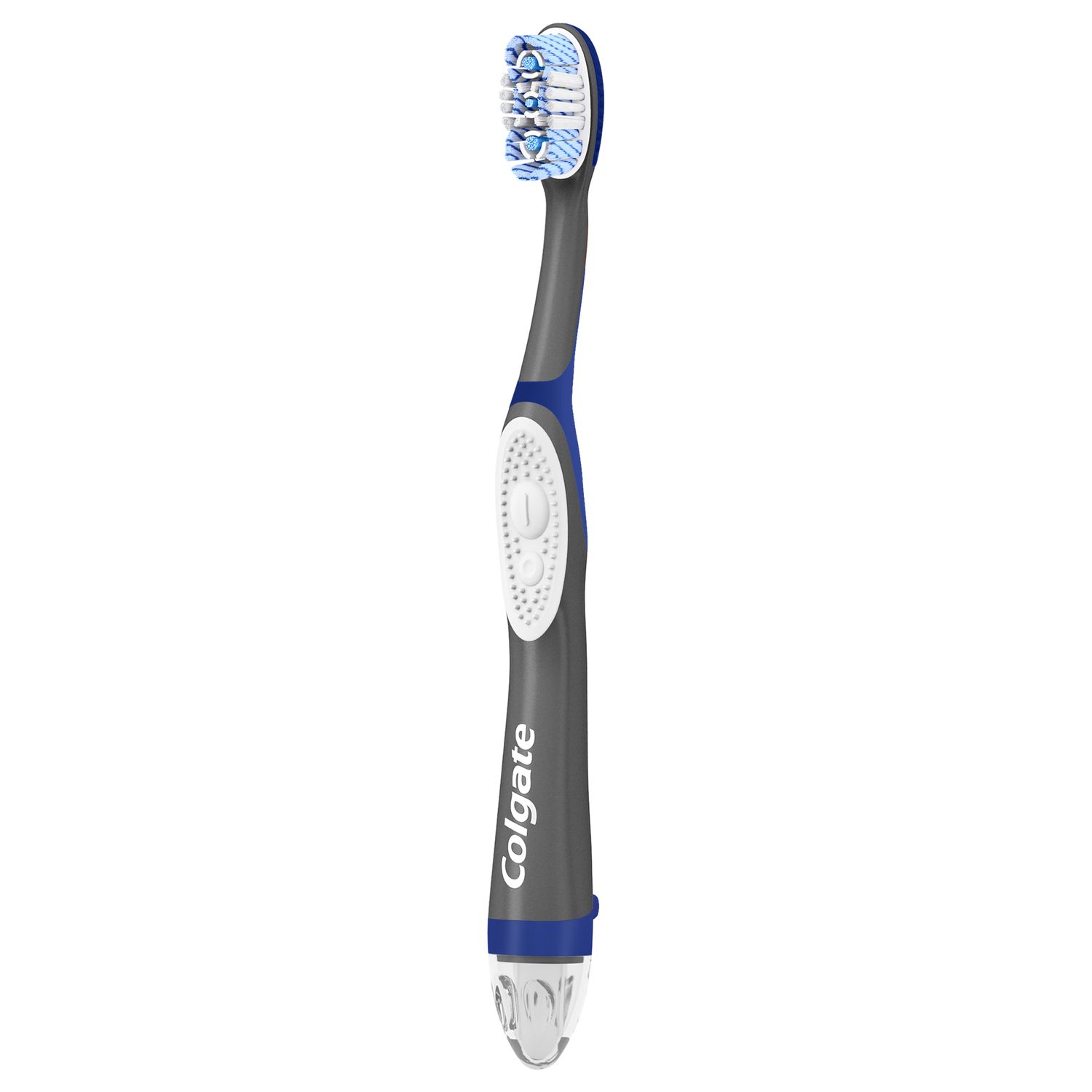Stages of Biofilm Formation
As an article published in High Throughput explains, there are three phases of biofilm formation:
Planktonic Phase
During this phase, the free-floating bacteria make initial contact with a surface, either randomly or by chemical attraction.Biofilm Phase
In this stage, the bacteria come together into groups that attach to a nearby oral surface and form colonies. This leads to the development of complex biofilm communities.Dispersion Phase
This is the most threatening phase, in which the disease-causing bacteria move to infect new areas.
Which Oral Bacteria Are Harmful?
According to a review published in the Journal of Pathology, Microbiology and Immunology, the average person's mouth contains over 700 different species of bacteria. As long as your mouth is cleaned thoroughly and regularly, these bacteria won't harm your oral health. But when they are left undisturbed, dental diseases can develop. Some of the harmful bacteria found in biofilms include Fusobacterium, Streptococcus, Prevotella, Porphyromonas and Actinomyces.
Common Oral Diseases
As the Journal of Pathology, Microbiology and Immunology review details, there are three main types of oral diseases that are caused by dental biofilms:
Tooth Decay
This common dental condition is caused by certain types of bacteria in biofilms that prefer acidic conditions. A diet that is high in sugar helps these bacteria form acids that weaken the enamel of teeth and produce cavities.
Gingivitis
This inflammatory response is caused by the accumulation of plaque around the gumline. When this happens, the gums may appear red and swollen.Periodontitis
This destructive condition can develop if gingivitis is allowed to persist over time. Periodontal disease may lead to the gradual loss of the supporting bone that surrounds a tooth. This bone loss is irreversible and can result in eventual tooth loss.
How to Prevent Bacterial Buildup
A key component of good oral hygiene is consistent biofilm removal. This involves brushing your teeth twice daily for two minutes to help remove bacteria from your tooth surfaces. You can reach the remaining biofilm by gently using floss in an up and down motion between the teeth and then curving it around each tooth underneath the gumline.
According to the article in High Throughput, dental plaque can accumulate in other areas of the mouth besides on and between the teeth and gums. Biofilms can grow on dentures, implants and orthodontic appliances, as well. If you have any of these devices, it's important to keep up with your oral hygiene and follow your dentist's instructions for cleaning them. Getting regular cleanings from your dental hygienist at your dentist's office who will ensure that no areas of biofilm accumulation go unnoticed, so your mouth can stay as healthy as possible.
This article is intended to promote understanding of and knowledge about general oral health topics. It is not intended to be a substitute for professional advice, diagnosis or treatment. Always seek the advice of your dentist or other qualified healthcare provider with any questions you may have regarding a medical condition or treatment.
ORAL HEALTH QUIZ
What's behind your smile?
Take our Oral Health assessment to get the most from your oral care routine
ORAL HEALTH QUIZ
What's behind your smile?
Take our Oral Health assessment to get the most from your oral care routine















